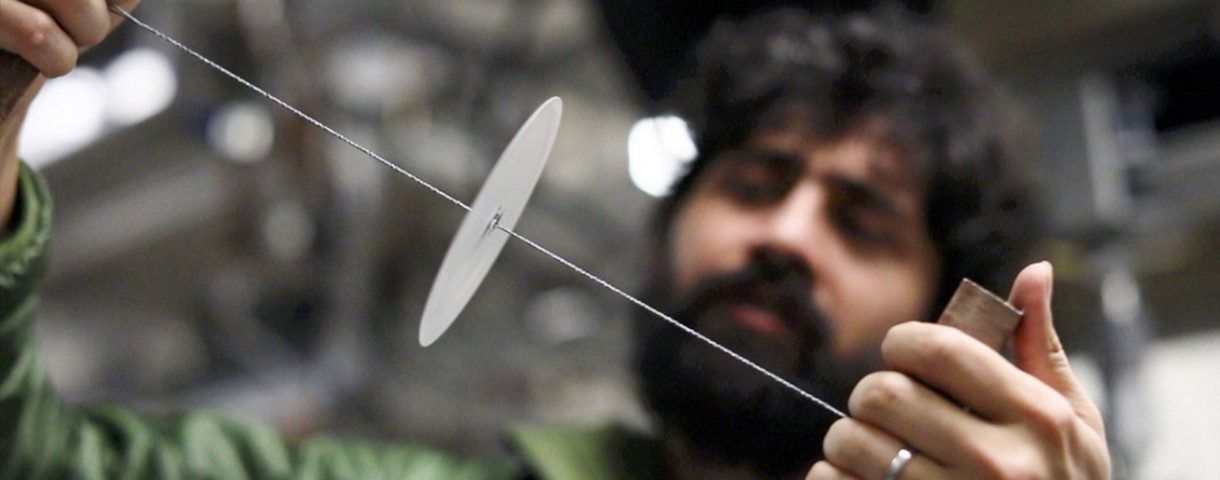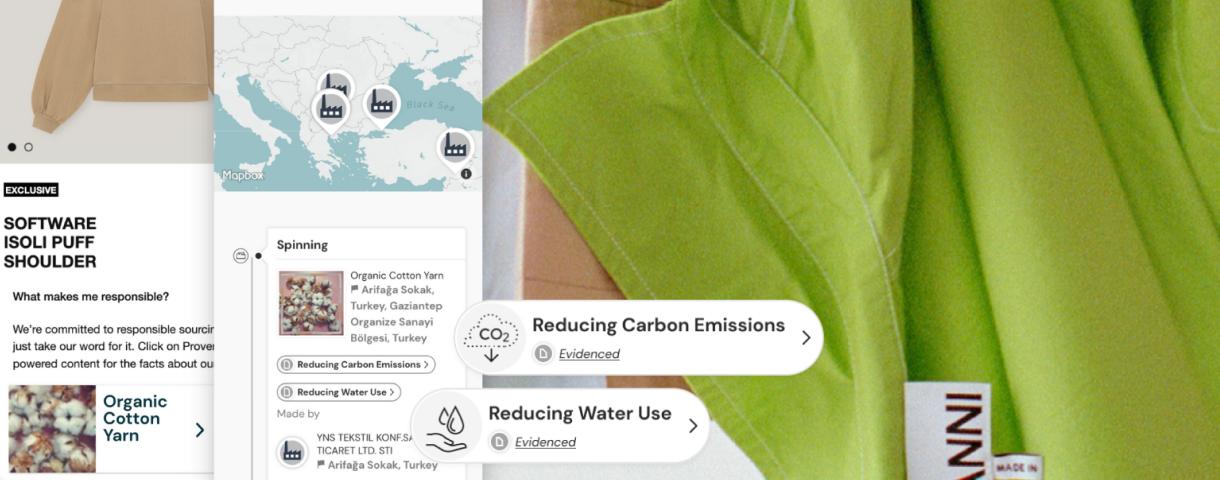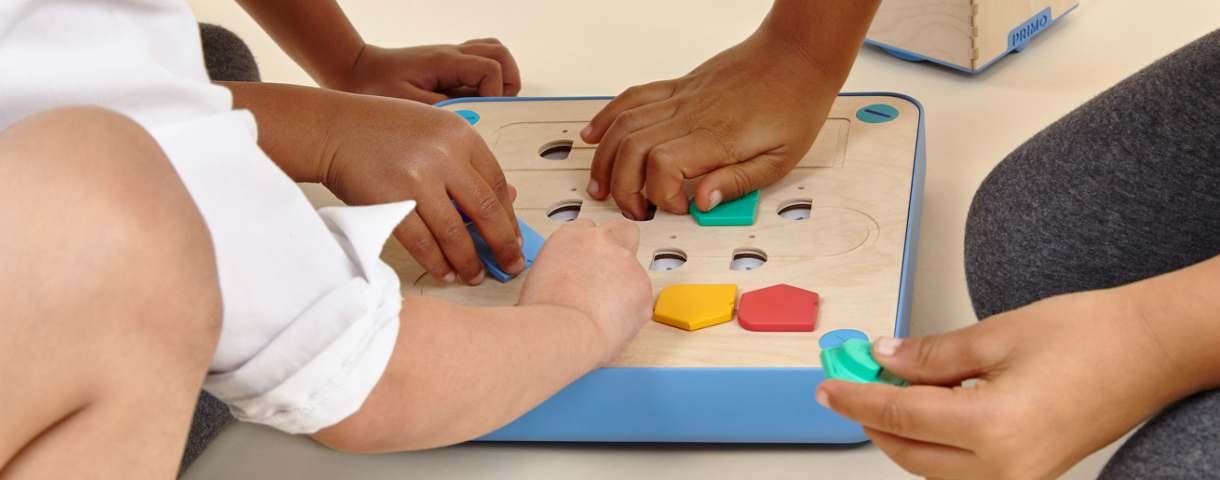Of the approximately 50 million people who die in the world every year, 10% are killed by the so-called “Big Three” highly infectious diseases: Malaria, HIV, and Tuberculosis. At the same time, one billion people live their lives with no infrastructure, no roads, no electricity. Adding a lack of doctors, nurses, hospitals, labs, and general medical equipment to the mix, the situation for a lot of people is very fragile.
The Paperfuge was inspired by a 5,000-year-old toy, a spinning button on a string (a whirligig). Working like a button on a string, and made of simple household items like paper, string, and plastic, the Paperfuge is a hand-powered centrifuge that spins blood samples in at 125,000 rpm. That’s enough speed and power to separate plasma from a blood sample (a standard diagnostic procedure) in just 90 seconds. The Paperfuge weighs about 2 grams and costs only 25 cents to make, making it not only much lighter and much faster than its expensive competitors, but also much more versatile in terms of portability and accessibility for patients in hard to reach areas.
Paperfuge takes principals that are common knowledge and leap-frogs it across contexts. It is low-cost, and a low-barrier to understanding what design can do, and how millions of people worldwide can be lifted out of undesired situations and into more desired ones. Paperfuge empowers local healthcare forces to work better, smarter, faster, and - most importantly - cheaper.




